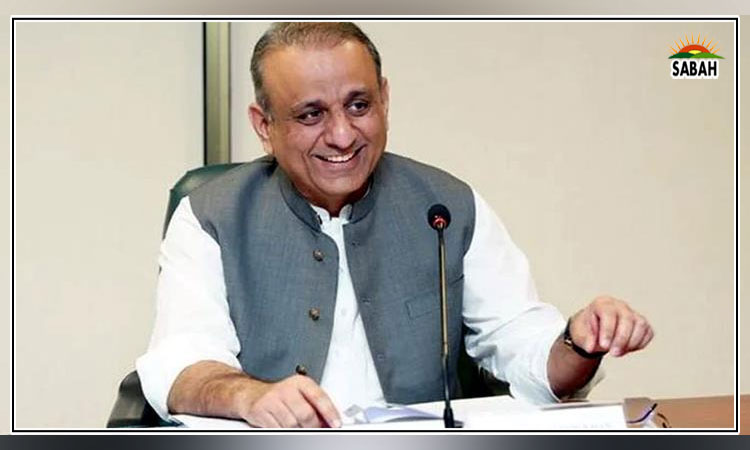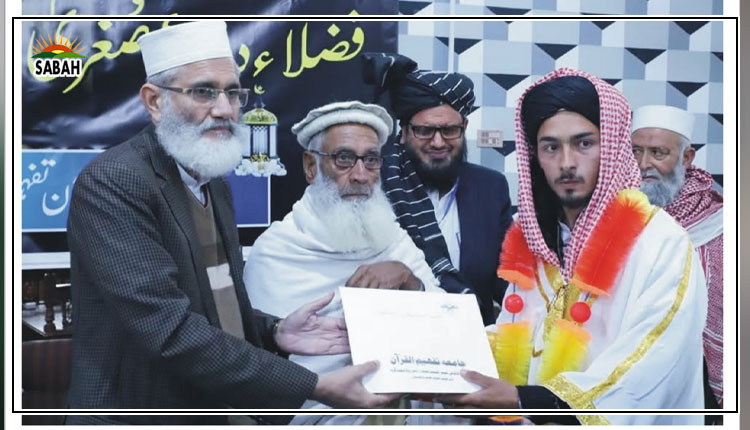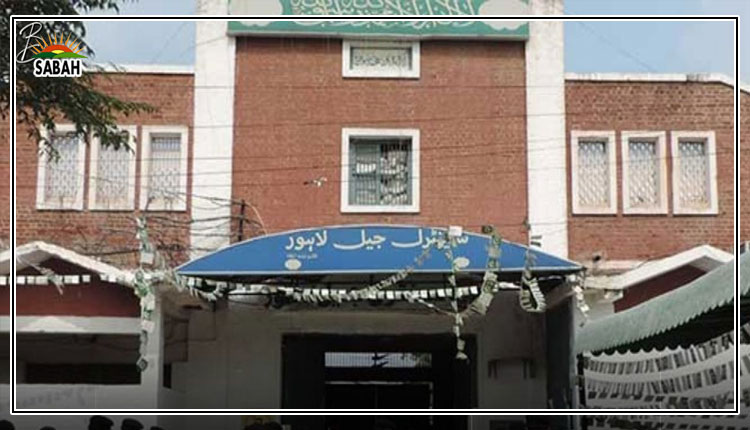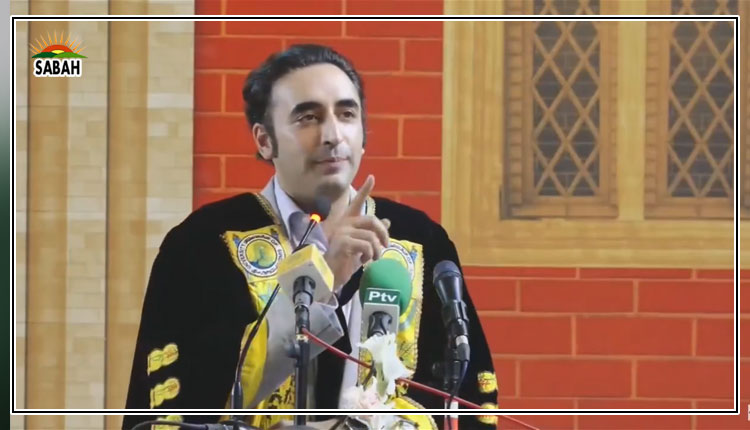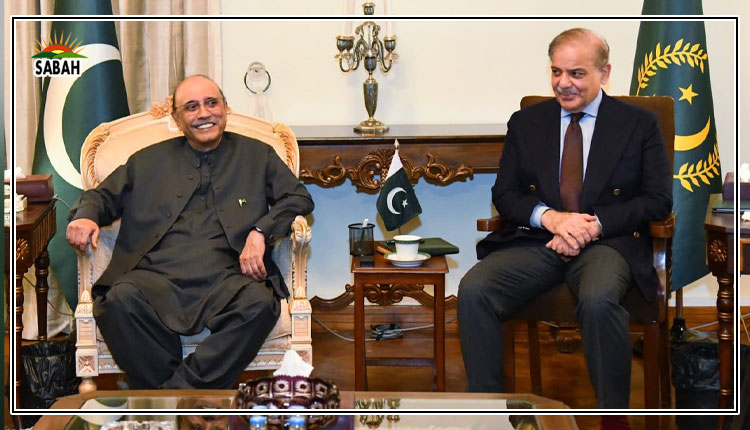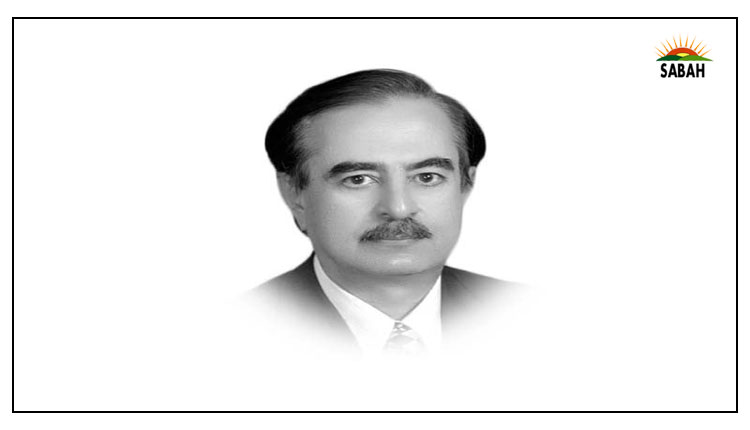Gunpowder, Mongol & Rumi war tactics ushering Mughal era …. Sahibzada Riaz Noor
Mughal history of Hindostan has several dimensions: it was one of the richest and most glorious kingdoms, spanning no less than 200-250 years in its heyday, matching, shoulder to shoulder, in wealth, art, learning, architecture, statecraft and governance with previous rich cultures and civilisations such as the Greco-Roman empire, the Persian empire, the Abbasid and the Ottoman realms.
In the South Asian context the Mughal era melded and spewed a new Indo-Iranian culture and civilisation until it was overshadowed by the advent of colonial and British Raj whose mainstays were education, science and mercantilism. Even though the British Raj met its sunset in less than two centuries or so after its dawn, it has left behind many a venerable and durable remnants, not the least being the English language and the structure, howsoever weak, of a parliamentary, legal, civil system of governance, whose cornerstones are the rule of law, human freedom and equality before the law.
But the contributions of the Mughal culture and civilisation were much more lasting and elemental, recasting deeper aspects of social life, in terms of food, couture, music, dance, painting, poetry, prose, epistolary, art, architecture and social mannerisms. The raaga or thumri couldn’t be replaced by symphonies, jazz or sonatas. The British colonial system after McCaualay’s minute did create a local babu but was never able to enter into and change the inner sanctum of Indo-Iranian civilisation.
The Mughal empire made eminent contributions to statecraft based upon rules and regulations protecting life, property and dignity but the question remains how a people strange to Hindostan, hailing from central Asian steppes of Khorasan, Samarkand, Bukhara and Ferghana were able to militarily vanquish much vaster and formidable state structures indigenous to India, routing out towering, immense Turkish and Afghan dynasties that immediately preceded them.
How is one of the most astonishing and remarkable military victories of history, enacted in Panipat, in April 1526, with a mere 12,000 to 20,000 vanquishing around 120,000 to 180,000 forces of the adversary to be explained? This victory was no less glorious and distinguished than Alexander’s defeat of Darius III at Gaugamela (1st Oct 331 BC), the conquest over Byzantium by Suffan bin Mujab Ali Azdi (645-646 AD) and the defeat of Yazdgerd III (632-651), the last Sassanian king, defeated in 633 AD by Saad ibne Abi Waqas at Qadsiyyah.
When Zahiruddin Babur, ruling Kabul, 44 years old, in 1526, marched towards Hindostan in his last, his fifth adventure, he ordered his quartermen to count the army that crossed Indus at Attock. Twelve thousand were counted. Although local supporters from Judd (Potohar), Bhera, Lahore joined in, it is no less than a wonder how an army of no more than 20,000 to 25,000 overcame and vanquished, in a cataclysmic foray, in the span of a day, at Panipat (April 21, 1526) the might of Sultan Ibrahim Lodhi’s army of nearly 120,000 to 200,000, with nearly 1,000 armed elephants and the support of numerous Rajas and Raos.
True to Babur’s humane nature (while attacking a Ghilji flock of sheep near Ghazni, he stopped his warriors from attacking Indian traders declaring that “the unarmed are protected by the law of God”) he rode up to the place where Sultan Ibrahim had fallen, lifted his head and called out, “honour to thy gallantry” and ordered placing his own brocade over his body and ordered a befitting burial at the site.
What were the military tactics Babur adopted at Panipat? These related to a) speed and surprise, b) the lay of the land, c) the use of gunpowder infantry and artillery firearms, d) introduction of arabas (wheal carts), e) the use of the Mongol derived war maneuver of talauqma or tulughma.
The cavalry was the pick of the military, able, in the footsteps of the Mongol, to achieve fearsome speed and firing arrows at electric speed with the horseman standing in the stirrups, weaving and waving to create faint and surprise and spring a sudden outburst in the twinkle of an eye.
At Panipat, Babur chose to tarry since he thought that the place offered the best tactical defence: he chose for deployment, the Panipat village, on the one side and ditches on the farther end with trees, timber and bushes covering the left undulated side.
Before approaching Panipat, Babur had ordered 800 arabas to be collected which were tied with raw hides, (in the Battle of Chaldiran between Selim I of Persia and Murad of the Ottomon empire the arabas were tied together with steel chains ) 14- 20 tied to each other with a distance of about 250 to 550 feet between each group. In the battle of Kanwa (April 1528), in addition to the arabas, wooden tripods, 14 to 16 feet high were also used.
Between each set of the arabas, tufanchees (matchlockmen) were positioned along with zarbzans (blunderbassmen) and zamzams (cannons), with mantlets giving protective cover. The mobility of the cannons and mantles gave greater tactical advantage. Between each group of the arabas was space left for groups of up to 30 to 50 horsemen to foray through into the ranks of the enemy.
By far the most innovative tactical battle move was the teghluma (Mongol: tauluqma) which comprised 200 to 250 battle-hardened cavalrymen on both sides of the army which, upon being called upon, would turn around the foe’s sides, firing arrows on the flanks and rear of the enemy causing utter harassment and confusion in the enemy’s ranks, forcing the enemy to collect from the sides to the centre in utter melee.
This was a Mongol, centrial Asian battle tactic which envisaged that the Emperor or King did not stand in front of the army but rather occupied a position at the rear of the army to guide, observe and direct the battle with the talughma playing a prominent role. This was a tactic in which the Emperor, rather than being at the front of the army, would occupy a vantageous central position at the rear overseeing the development and evolution of the battle and marshaling reinforcements from one side support to whatever side was under attack and distress.
Mughal war tactics in the end turned the day to bring forth a new Indo-Iranian civilisation.
Courtesy Express Tribune




